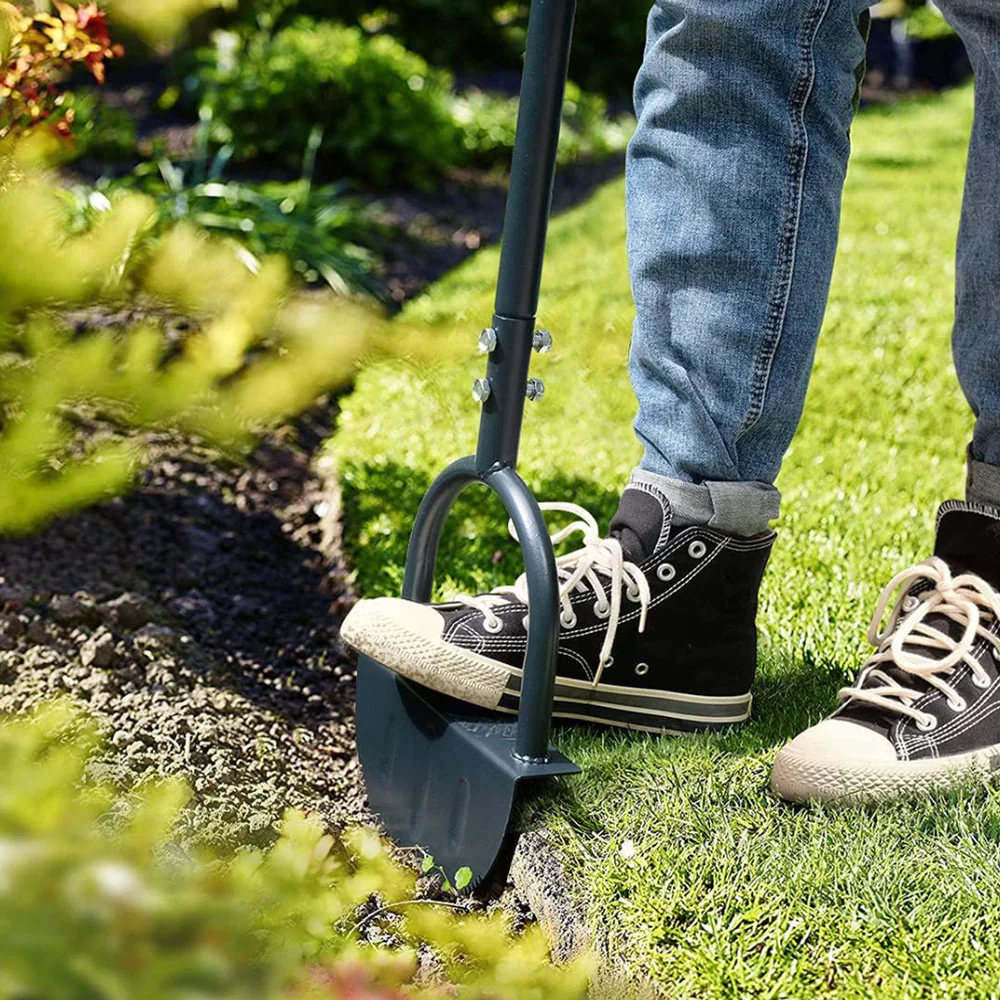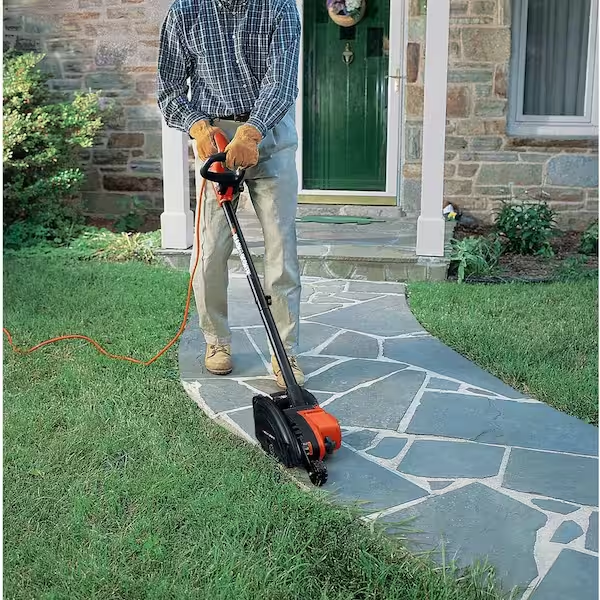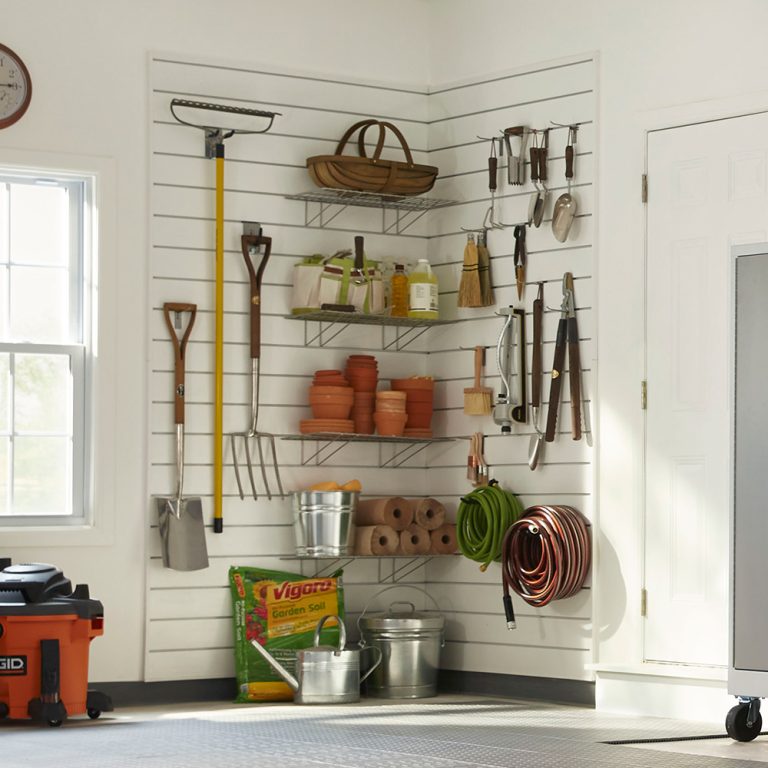
Garden Edger Tool
The Versatile Power of Garden Edgers
A well-maintained landscape requires clean, crisp edges around beds and borders. This seemingly small detail creates a tidy, manicured appearance. Garden edger tool make this precision edging work quick and efficient. These hardworking tools provide an array of functions beyond basic trimming. The investment pays off in professional-looking results.
Understanding Edger Types
Garden edgers come in various styles to suit different needs. Manual edgers utilize steel blades to slice through soil and roots. Powered edgers sport gasoline or electric motors to power rotating cutting strings or blades. Heavy-duty edgers mount onto wheels for covering larger areas. Other edging tools include specialty trench edgers and combination edger/trimmers.
Defining Crisp Bed Lines
The most common use for garden edgers is establishing clean lines around planting beds. Edgers cut vertically into the soil to separate lawn or groundcover from garden bed mulch. Over time, this trench defines the border and prevents spreading. Regular edging maintains a tailored look through seasons of growth.
Enhancing Paths and Walkways
In addition to beds, edgers ensure tidy pathways and walkways through landscaping. The vertical cutting action delineates gravel or paver paths from adjacent turf grass. Edgers simplify upkeep by preventing overgrown edges enroaching onto trails and reducing weed invasion along borders. Well-edged paths look fresh and professionally maintained.
Creating Decorative Designs
More decorative residential landscapes utilize edgers to lay out aesthetic patterns and designs amidst plantings. Circular or curving edged trenches bring dimension and flow to flat layouts. These cutout borders carve out space for stylized mulch patterns around trees, fountains, or other features. Edgers enable precision artistry throughout yards and gardens.
Edging Flower Bed Trenches
For established flower beds and gardens, edging tools cut neat trenches along borders. These define the transition from plant bed soil to lawn. Routine edging restores a crisp trench demarcation that naturally disappears over time. Some gardeners fill in fresh trenches with plastic lawn edging or decorative brick borders.
Scoring Lawn Lines
High-maintenance residential lawns require more than basic mowing. Edgers score clean-cut lines along edges, driveways, sidewalks, and tree rings. This subtle detail creates a polished, professional appearance. Commercial properties frequently use edgers to maintain boundaries between turf zones, walking paths, etc. Edging achieves that coveted “striped” aesthetic.
Combatting Invasive Growth
In yards prone to aggressive creeping plants or weeds, edgers slice through these invasive growths. The vertical edging action severs unwanted surface runners and roots from progressing further. This tidying task creates containment barriers around garden beds, trees, groundcover sections, etc. Routine edging addresses problems before they spread.
Preparing New Planting Areas
Edgers prove invaluable for preparing new garden bed trenches or strips. The cutting blades carve out intended planting areas from surrounding grass or yard space. Deeper edges allow space for soil amendments or mulch installation over time. Landscapers routinely use edgers to lay out brand new planting zones.
Aerating Soil and Groundcover
Besides edging, some of these tools double as aerators when used superficially. The vertical cutting strings or blades perforate lawn or groundcover. This aeration action loosens compacted soil and dethatches built-up debris. The result increases airflow and water penetration into tired areas. Aerating helps revive distressed landscaping sections.
Rejuvenating Root Zone Access
Edging directly along tree rings provides an added benefit. The vertical trenching motion cuts into tough soil and surface roots without harming the tree. These open channels increase airflow and moisture access down to root zones. Gardeners may apply liquid fertilizers or aeration treatments directly into these edging channels.
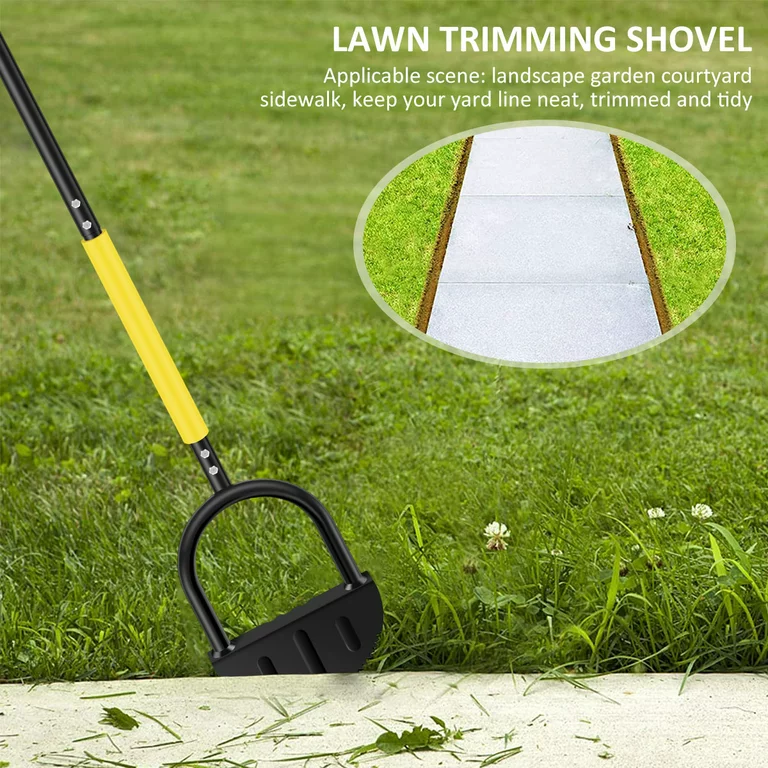
Dividing Groundcover or Grass
For yards with established groundcover or grass sections, edgers neatly divide overgrown areas. The trenching action separates unruly grass or spreading plants into contained borders. This instantly refreshens areas while reviving struggling patches. Edgers simplify the cleanup and replanting process for revitalization projects.
Cutting Drainage Trenches
While not their main purpose, edgers prove useful for cutting shallow drainage channels. Their clean cutting lines groove out trenches to redirect excess moisture away from walkways, low spots, or downspouts. The trench edging maintains a yard’s surface drainage patterns as needed.
Accessing Tight Spaces
Edger designs optimize access into cramped locations around yard features. The vertical angle and small footprints navigate between fencing, along foundation walls, behind structures, and in tight corners. No area goes untouched thanks to versatile edging tool shapes. Trimming and tidying stays consistent across an entire property.
Long-Lasting Performance
Well-built garden edgers achieve a lifetime of edging efficiency. Metal components like steel blades and sturdy wheels stand up season after season. Both manual and powered versions require routine maintenance for optimal use. However, the quality construction pays off in years of service around yards and gardens.
Handling Ease and Comfort
In addition to performance, edgers focus on ergonomic features for handling ease. Rubber grips maximize leverage over manual edgers. Adjustable shafts and wheeled guides provide better maneuverability. Handlebars on powered versions reduce fatigue over extended sessions. These thoughtful touches minimize user strain during rigorous edging work.
Versatility Through Attachments
Many edger brands offer a variety of attachable tool heads to expand functionality. Convertible attachments transform the basic edger into string trimmers, shears, aerators, cultivators, and more. Swapping out interchangeable heads boosts an edger’s versatility for landscaping tasks beyond just trenching and trimming.
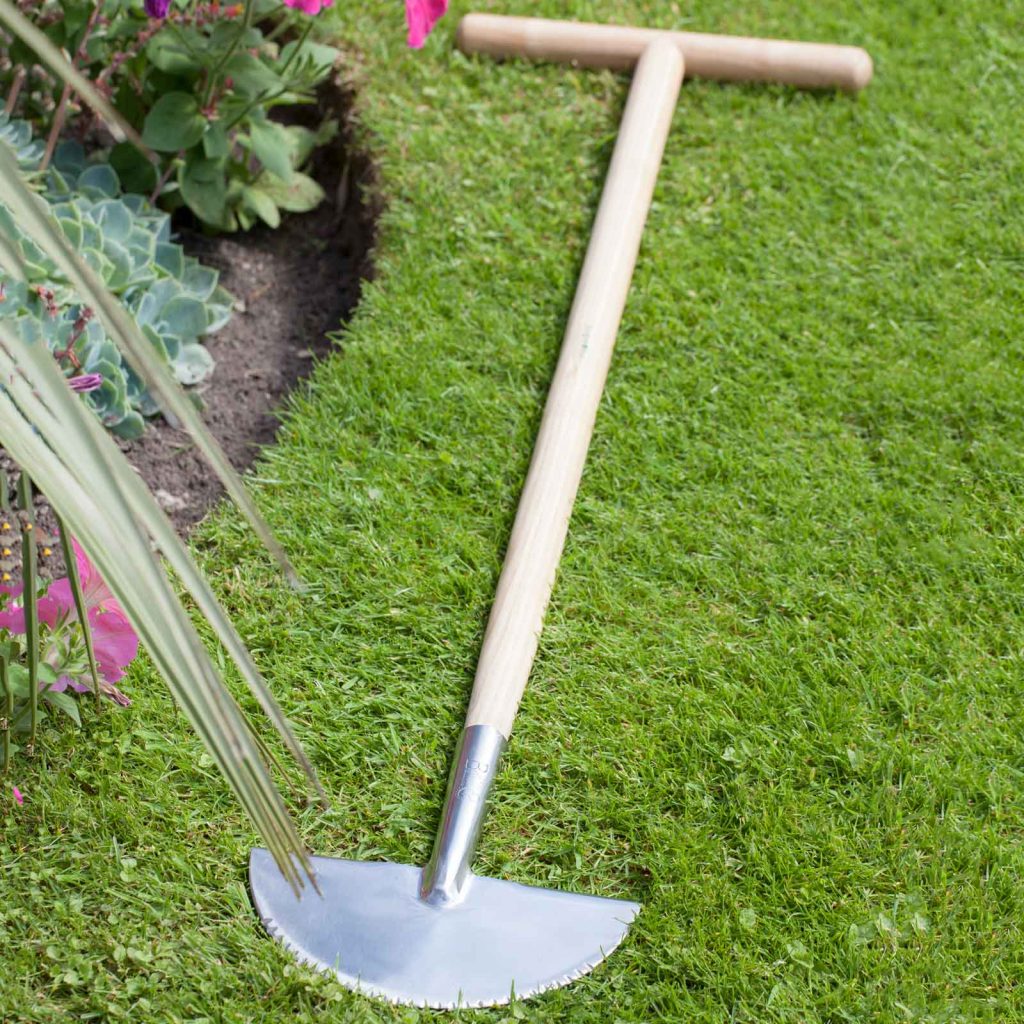
Optimizing Edger Use
To maximize results from these powerful tools, timing and technique matter. Edging works best when soil contains some moisture for easier cutting. For rutted edges, start with the deepest trench cuts first. Always follow previous trenches for consistent line definition. Maintain sharpened blades for seamless cutting.
Gas vs. Electric Power
When selecting a powered edger, homeowners must choose gasoline or electric motors. Gas-powered edgers provide unrivaled mobility without cord constraints. Electric edgers offer quieter, lower-emission operation perfect for smaller yards. Corded versions maximize affordability while cordless allows greater range. Matching motor strength to project areas ensures optimal performance.
Residential vs Commercial Edgers
While any edger improves landscape definition, commercial landscapers require more heavy-duty equipment. Residential edgers focus on function and portability for average garden beds. Commercial edgers feature wider cutting swaths and increased fuel capacities. Choose higher-powered wheeled models to streamline large-scale edging needs.
Combining Edging with Routine Maintenance
The most beautiful landscapes pair regular edging with consistent overall upkeep. Routinely using edgers styles beds and shapes spaces. However, maintenance practices like weeding, pruning, and raking polish the finished appearance. Edging combined with general lawn and garden care achieves a pristine, professional aesthetic.
From refreshing existing beds to carving out artful new designs, edgers play a key role in landscape definition. These specialized tools simplify what would otherwise be laborious trimming and trenching work. With the right edger on hand, any yard gains crisp finished edges worthy of admiration.
